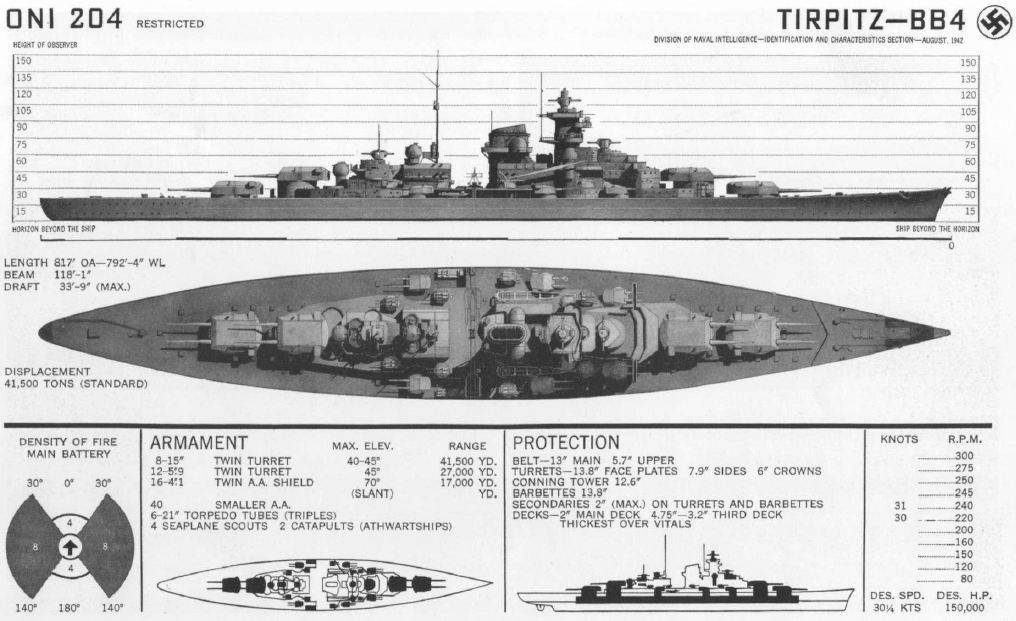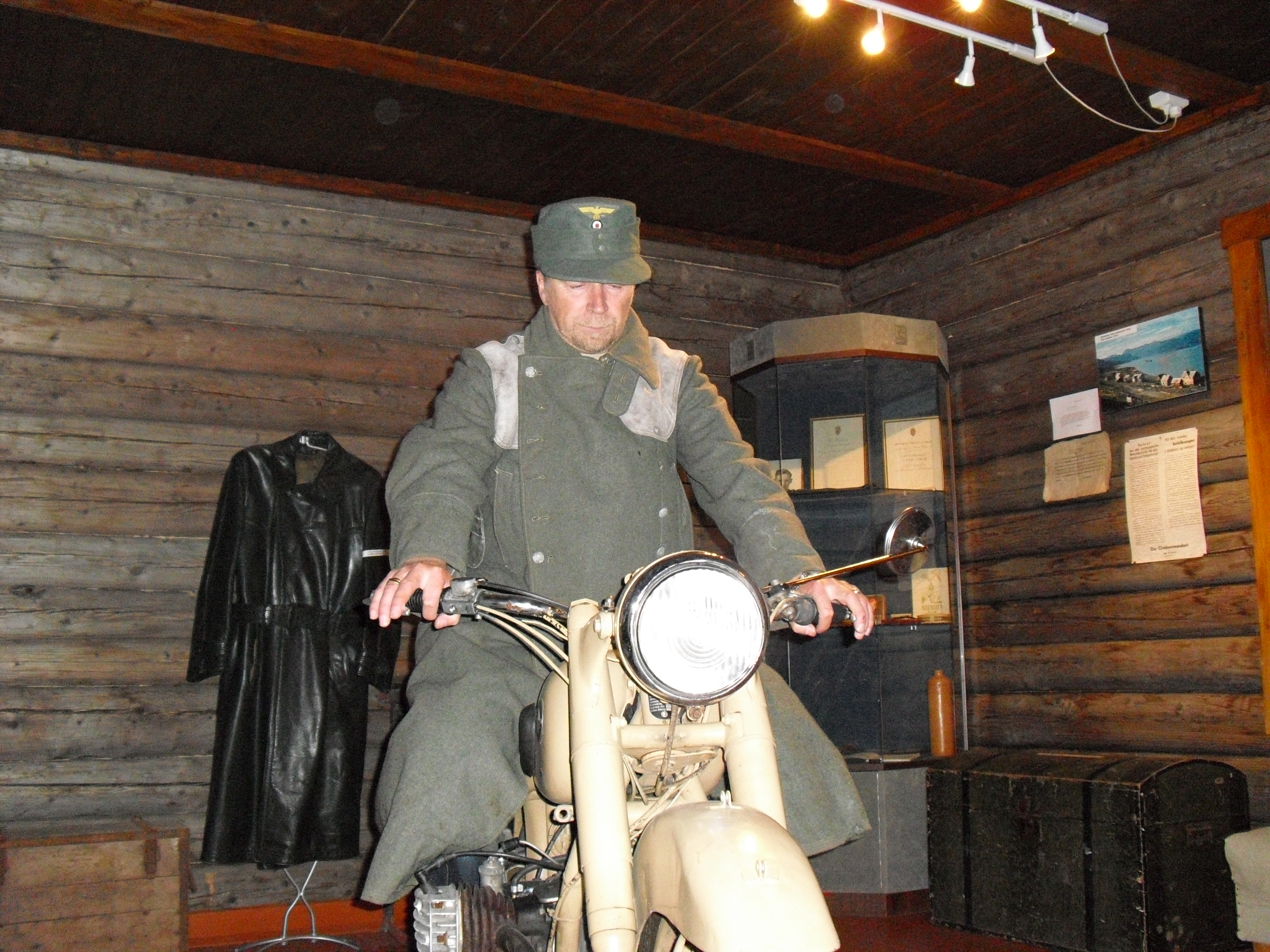|
Tirpitz
Tirpitz may refer to: * Alfred von Tirpitz (1849–1930), German admiral * German battleship ''Tirpitz'', a World War II-era Bismarck-class battleship named after the admiral * Tirpitz (pig), a pig rescued from the sinking of SMS ''Dresden'' and named after the admiral Museums * Tirpitz Museum (Denmark), focused on the Atlantic Wall in Denmark. * Tirpitz Museum (Norway) Tirpitz Museum is a war museum that is located in Kåfjord outside the city of Alta in Finnmark county, Norway. History The museum has one of the largest collections of photos and artifacts from the battleship , a built for the German Kriegsm ..., focused on the battleship of same name. {{disambig, surname ... [...More Info...] [...Related Items...] OR: [Wikipedia] [Google] [Baidu] |
German Battleship Tirpitz
''Tirpitz'' was the second of two s built for Nazi Germany's ''Kriegsmarine'' (navy) prior to and during the Second World War. Named after Grand Admiral Alfred von Tirpitz, the architect of the ''Kaiserliche Marine'' (Imperial Navy), the ship was laid down at the Kriegsmarinewerft Wilhelmshaven in November 1936 and her hull was launched two and a half years later. Work was completed in February 1941, when she was commissioned into the German fleet. Like her sister ship, , ''Tirpitz'' was armed with a main battery of eight guns in four twin turrets. After a series of wartime modifications she was 2000 tonnes heavier than ''Bismarck'', making her the heaviest battleship ever built by a European navy. After completing sea trials in early 1941, ''Tirpitz'' briefly served as the centrepiece of the Baltic Fleet, which was intended to prevent a possible break-out attempt by the Soviet Baltic Fleet. In early 1942, the ship sailed to Norway to act as a deterrent against an Allied inv ... [...More Info...] [...Related Items...] OR: [Wikipedia] [Google] [Baidu] |
Alfred Von Tirpitz
Alfred Peter Friedrich von Tirpitz (19 March 1849 – 6 March 1930) was a German grand admiral, Secretary of State of the German Imperial Naval Office, the powerful administrative branch of the German Imperial Navy from 1897 until 1916. Prussia never had a major navy, nor did the other German states before the German Empire was formed in 1871. Tirpitz took the modest Imperial Navy and, starting in the 1890s, turned it into a world-class force that could threaten Britain's Royal Navy. However, during World War I, his High Seas Fleet proved unable to end Britain's command of the sea and its chokehold on Germany's economy. The one great engagement at sea, the Battle of Jutland, ended in a narrow German tactical victory but a strategic failure. As the High Seas Fleet's limitations became increasingly apparent during the war, Tirpitz became an outspoken advocate for unrestricted submarine warfare, a policy which would ultimately bring Germany into conflict with the United States. By ... [...More Info...] [...Related Items...] OR: [Wikipedia] [Google] [Baidu] |
Tirpitz (pig)
Tirpitz was a pig captured from the Imperial German Navy after a naval skirmish (the Battle of Más a Tierra) following the Battle of the Falkland Islands in 1914. She became the mascot of the cruiser . Early life Pigs were often kept on board warships to supply fresh meat. Tirpitz was aboard , when she was ordered into the South Atlantic to join with the forces of Vice Admiral Maximilian von Spee to raid Allied merchants. The ship's first encounter with was at the Battle of Coronel, where the German fleet was victorious. They were later defeated at the Battle of the Falkland Islands, though the faster ''Dresden'' managed to escape. She was located in Cumberland Bay on the Chilean island of Más a Tierra (today known as Robinson Crusoe Island), by HMS ''Glasgow'' and off the coast of South America on 15 March 1915. The Germans scuttled the ship, but Tirpitz was left on board as she sank. Capture and Royal Navy service Tirpitz was able to make her way above deck and swi ... [...More Info...] [...Related Items...] OR: [Wikipedia] [Google] [Baidu] |
Tirpitz Museum (Norway)
Tirpitz Museum is a war museum that is located in Kåfjord outside the city of Alta in Finnmark county, Norway. History The museum has one of the largest collections of photos and artifacts from the battleship , a built for the German Kriegsmarine during World War II. The battleship ''Tirpitz'' had served as one of the main threats against supply convoys sailing to Murmansk. During the occupation of Norway by Nazi Germany, a German naval base was established in Altafjord to prevent convoys from the Western Allies from delivering supplies to the Soviet Union. These supplies were deemed critical to the outcome of the war on the Eastern Front. The Alta area was one of Germany's largest naval bases during the war. ''Tirpitz'', which was one of the world's largest and most powerful battleships, was anchored for nearly two years in Kåfjord. Altafjord was also a base for many other German warships, among them the battleship and the heavy cruiser , as well as dozens of German destr ... [...More Info...] [...Related Items...] OR: [Wikipedia] [Google] [Baidu] |
Tirpitz Museum (Denmark)
Tirpitz Museum ( da, Tirpitz Museet), also called Blåvand Bunker Museum, is a museum in Blåvand, on the coast of Jutland. It is built in an old bunker from which it got its name, and features exhibitions on the Atlantic Wall, the west coast of Denmark, and an amber collection. History The Tirpitz Bunker started construction in 1944, and was built as part of the defense around the city of Esbjerg. Following the surrender of the German forces, construction was halted, and the bunker was therefore never completed. The bunker was designed to house 2 turrets with 2 38 cm SK C/34 naval guns each. After the war, the bunker was abandoned and later turned into a small museum. In 2012, it was decided to expand and completely redesign the museum, with Bjarke Ingels Group being chosen as architect of the new museum. The new museum features open spaces and is built into the dunes. The permanent exhibitions were designed by Dutch experience design agency Tinker Imagineers. On 29 June 2017, ... [...More Info...] [...Related Items...] OR: [Wikipedia] [Google] [Baidu] |
Atlantic Wall
The Atlantic Wall (german: link=no, Atlantikwall) was an extensive system of coastal defences and fortifications built by Nazi Germany between 1942 and 1944 along the coast of continental Europe and Scandinavia as a defence against an anticipated Allied invasion of Nazi-occupied Europe from the United Kingdom, during World War II. The manning and operation of the Atlantic Wall was administratively overseen by the German Army, with some support from ''Luftwaffe'' ground forces. The ''Kriegsmarine'' (German Navy) maintained a separate coastal defence network, organised into a number of sea defence zones. Hitler ordered the construction of the fortifications in 1942 through his Führer Directive No. 40. More than half a million French workers were drafted to build it. The wall was frequently mentioned in Nazi propaganda, where its size and strength were usually exaggerated. The fortifications included colossal coastal guns, batteries, mortars, and artillery, and thousands o ... [...More Info...] [...Related Items...] OR: [Wikipedia] [Google] [Baidu] |




